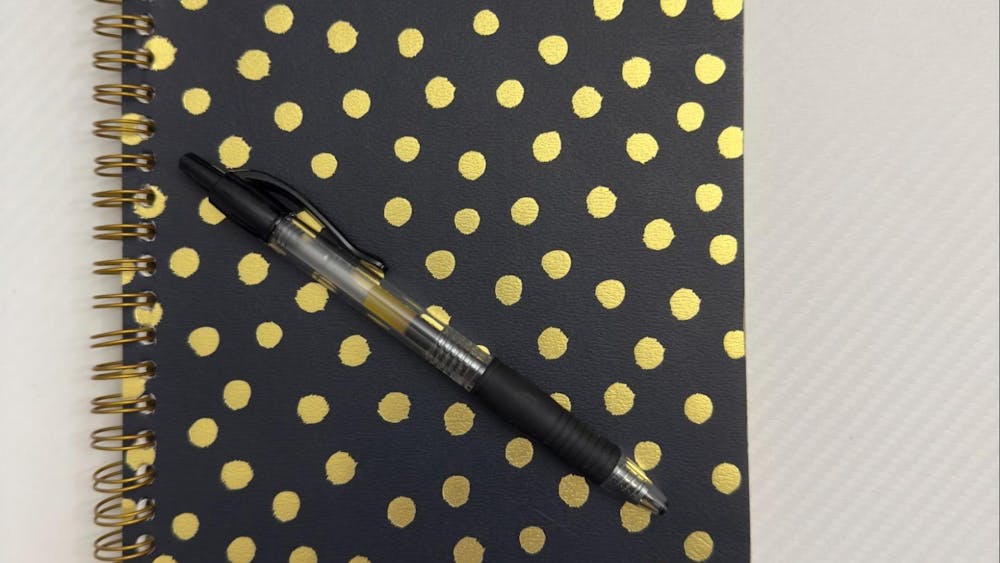There’s a war against them. There are classes on them. There are psychologists and psychiatrists who specialize in them. Drugs are a huge part of the dark side of the American life and an even bigger part among the college set.
According to Adolescent Substance Abuse Knowledge Base, or ASK, 10.7 percent of young adults between 18 and 25 reported driving under the influence of an illicit drug within the past year, and 41.4 percent of young adults aged 18 to 22 who were enrolled in college reported binge drinking.
“College drug use is a big enough issue for there to be a lecture series on it,” said Ron Harrison, psychotherapist and host of the lecture series. “College students are more likely to abuse alcohol and abuse drugs.”
The most harmful drugs they abuse aren’t the ones their parents and teachers told them horror stories about. Instead, it’s alcohol and marijuana.
“Kids get into a lot of trouble with a drug they don’t think is too dangerous,” Harrison said. “Certainly, some do get into crack and heroine, but most hear the dangers and stay away.”
Not only that, but alcohol and marijuana are easy to obtain and are everywhere in the college environment.
“By their third year of school it wanes,” he said. “But some still are unable to stop using. The drugs have become habitual part of their life.”
While many see drinking and smoking pot as part of the college experience, it’s not abuse until it starts interfering with other aspects of life.
“It becomes a problem when it starts affecting grades, class attendance, relationships and gives them legal issues,”
Harrison said. “When that happens one or two times, it’s normal. For the patients I see, this is the fourth or fifth time.”
For some students, this kind of negative effect is what keeps them from that lifestyle.
“It’s not an issue for the people I surround myself with,” junior and hotel and restaurant management student Sara Anders said. “It affects the way they approach school and how well they do in class.”
Others believe drugs and alcohol use are like anything else: fine, when used responsibly.
“Anything used in excess causes strain on the mind and body,” junior and graphic design major Marcus Coleman said. “You drink too much water, you get water intoxication. I think the same rule applies to booze and pot.”
While students are constantly told drugs and alcohol are bad in various classes, seminars and by parents growing up, sometimes that’s what makes it so appealing when they’re finally away from home.
“I think instead of villainizing drugs, we should provide a completely unbiased education on the effects of them all,” Coleman said. “When you villainize things to most teenagers, they end up embracing it.”
“If you think you have a problem, you do,” Harrison said. “When a person has a drug problem, they’re usually the last to see it.”
If you or a friend has a problem, help is readily available through local AA meetings and through therapy.
“The AA program in the area is phenomenal,” he said. “The number of young people there is encouraging. There is a meeting available seven days a week.”
But the best way to keep from having a problem is by making sure there isn’t something there to start one.
“It’s not all it’s cracked up to be,” Anders said. “Peer pressure is the hardest thing to overcome, but ‘No’ is a powerful word.”







